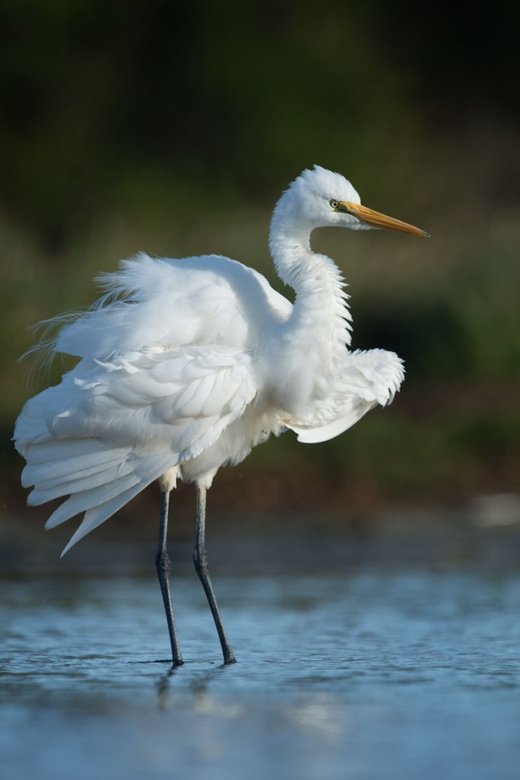- Conservation status
- In serious trouble
Kōtuku are elegant and spiritual birds – the avian equivalent of a serene yoga master. Watch out for their spectacular courtship displays around the Waitangiroto Nature Reserve nesting site, their only breeding ground in Aotearoa. Male displays include a spectacular raising of the nuptial plumes, they keep their neck erect, their bill snapping, and their wing feathers flicking. Once an interested female has tuned in, the pair preen one another and intertwine their long necks, wings, and bill. After breeding season, the birds disperse throughout the country, and you may see them on coastal freshwater wetlands or estuaries.
Campaign Manager
White Heron Sanctuary Tours

The Kōtuku, or White Heron, was hunted for its prized plumage, pushing it to the brink of extinction more than once. By 1941, only four nests were recorded! Today, with just 150 to 200 individuals, it is one of Aotearoa’s rarest native birds.
Remarkably, the Kōtuku has only one breeding site in all of New Zealand – this is located within the enchanting Waitangiroto Nature Reserve, near Whataroa on the West Coast of the South Island.
Encountering a single Kōtuku is rare and special - but witnessing up to 50 nesting pairs in full breeding plumage, interacting, displaying and raising their young, is a truly breathtaking and unforgettable experience!
We’re the Arnold family, proud operators of White Heron Sanctuary Tours, established in 1987. With over 200 predator traps in and around the Waitangiroto Nature Reserve, we work hard and are deeply committed to protecting the vulnerable Kōtuku and preserving its sole ancestral breeding grounds – helping ensure the species’ survival in Aotearoa.
Celebrate this taonga – a symbol of beauty, grace, and resilience.
Vote Kōtuku, White Heron, for Bird of the Year 2025!
- Share your vote
